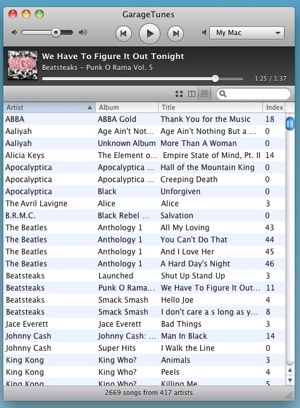The Interactive Advertising Bureau (IAB) has released “The Changing TV Experience: 2017,” a study revealing that most U.S. adults (56%) own a streaming enabled TV, a 56% rise from just two years ago, a fundamental shift in the way that Americans watch television.
Almost all Americans (92%) own a TV. However, today the majority of time spent (54%) watching TV is dedicated to something other than traditional linear programming (46%). The largest share of that non-linear time is spent streaming digital video (20%), which can include network TV shows, subscription service original shows, or original digital video content. The remaining viewing time is devoted to: watching programming via DVR recording (15%), Video on Demand (6%), and downloaded video (5%), in addition to another 8%t that is uncategorized.
Among the 56% of U.S. Adults who own streaming enabled TVs, watching digital video on them became an entrenched habit in 2017, with nearly half (46%) saying they do so daily. This is a significant increase from 32% in 2015 (and the highest daily usage among all digital screens over this same time).
Half of Streaming Enabled TV owners (50%) say they prefer watching commercials over having to pay for ad-free subscriptions when streaming video on TV, up 14 percent over 2015. They also report, at 44%, that commercials during digital video are less intrusive than those during traditional linear programming (a 16% increase over 2015), and that the commercials themselves simply offer a “better” experience (at 34%, an uptick of 48% over 2015).
Multitasking on a second device continues to be a common phenomenon while consumers watch programming on televisions, however multitasking incidence is lower when they’re watching digital video (72%) than during traditional linear viewing (81%). The smartphone is the most popular second device (58% during traditional linear viewing; 56% during digital video streaming).



